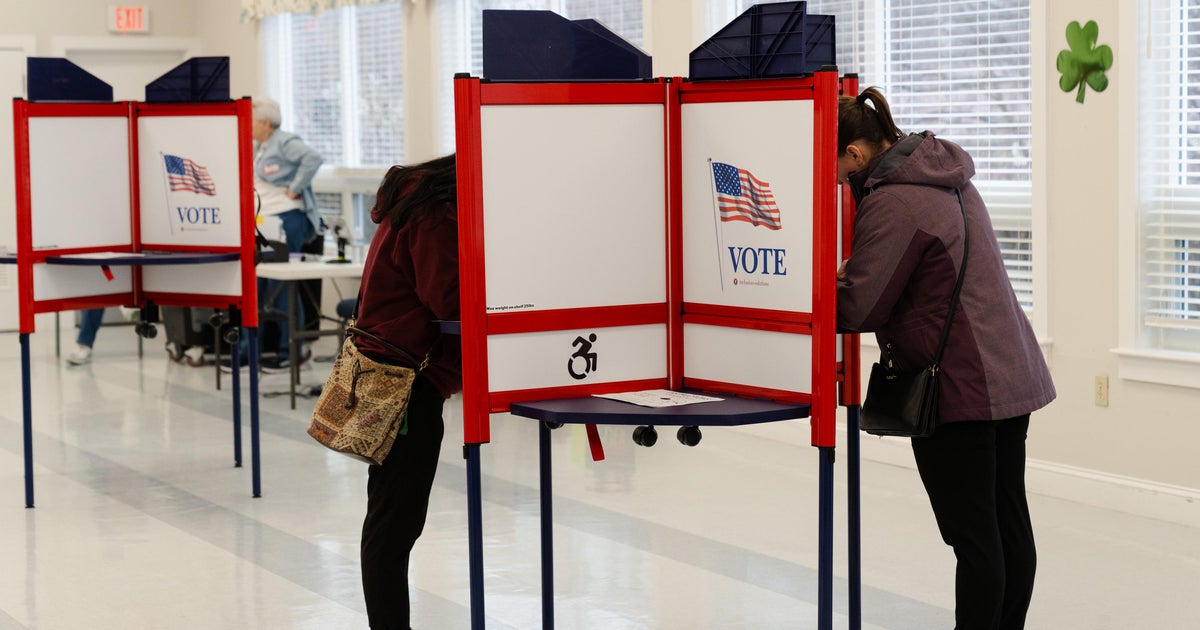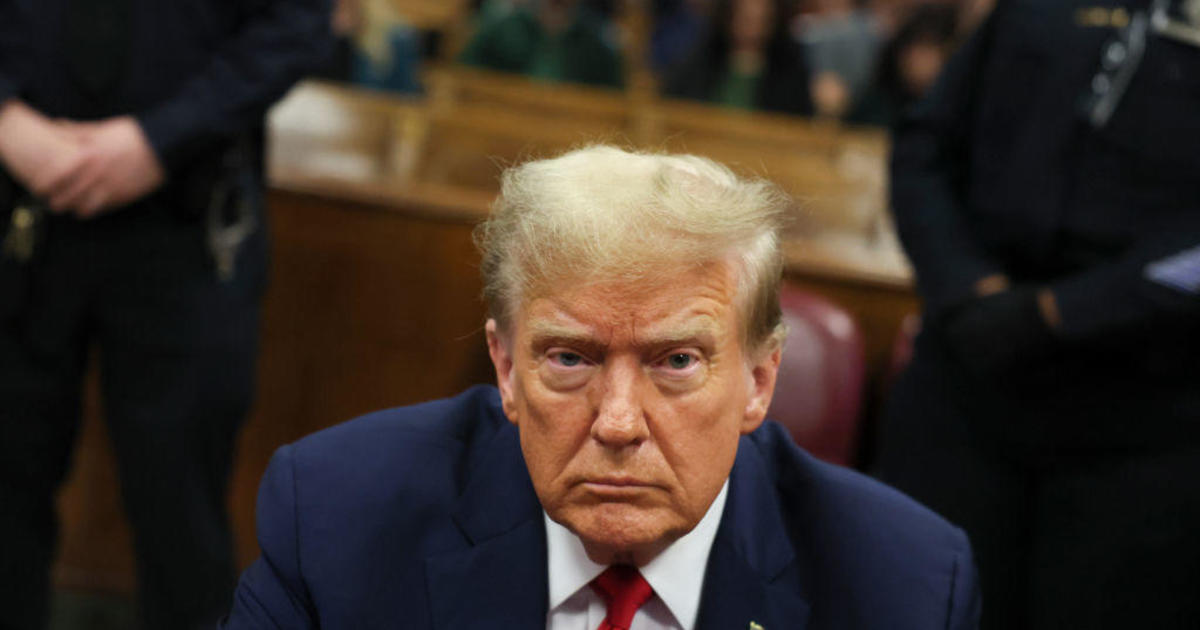Wall Street’s worst day since before Trump’s election
Wall Street fell sharply on Tuesday as investors worried that President Donald Trump will struggle to deliver promised tax cuts that propelled the market to record highs in recent months, with nervousness increasing ahead of a key health care vote.
The S&P 500 and Dow Jones industrials lost more than 1 percent, marking their worst one-day percentage declines since before Trump’s election victory in November.
The Dow Jones Industrial Average closed down 1.1 percent at 20,668 points, while the S&P 500 lost 1.2 percent to 2,344. The Nasdaq Composite tumbled by 1.8 percent, ending at 5,794. The CBOE Volatility index, Wall Street’s “fear gauge,” jumped 10 percent.
Under President Trump, Wall Street has become unaccustomed to steep sell-offs. The last time the S&P 500 lost 1 percent or more in a day was 110 trading sessions ago on Oct. 11. In contrast, over the past two years, the S&P 500 has suffered losses of 1 percent or more about once every 11 sessions, according to Thomson Reuters data.
On Tuesday, the S&P financial index dropped nearly 3 percent, its biggest daily fall since June. That added to losses in the sector since the Federal Reserve last week raised interest rates by 25 basis points and signaled it would remain on a gradual pace of hikes, a less aggressive stance than some investors expected.
Banks benefit from higher interest rates, and their stocks are sensitive to changes in expectations of how quickly the Fed will change rates.
Bank of America (BAC) slumped 5.8 percent, the biggest drag on the S&P 500, while a 3.8 percent drop in Goldman Sachs (GS) pulled the Dow lower.
“There was a feeling the Fed was going to possibly be more hawkish last week. That didn’t happen,” said Mark Kepner, managing director at Themis Trading in Chatham, New Jersey. “That takes a little out of the higher rates that the banks want.”
Benchmark 10-year U.S. Treasuries rose 11/32 in price to yield 2.43 percent, the lowest yield since March 1. “Stocks are down, and bonds are reacting to that,” said Lou Brien, a market strategist at DRW Trading in Chicago.
Republican party leaders aim to move controversial health care legislation to the House floor for debate as early as Thursday. But they can afford to lose only about 20 votes from Republican ranks, or risk the bill failing, since minority Democrats are united against it.
With stock valuations stretched, investors see the Trump administration’s struggles to push through the health care overhaul as a sign he may also face setbacks delivering promised corporate tax cuts. Expectations of those tax cuts are a major reason for the 10-percent surge in the S&P 500 since Trump’s election in November.
“The market is starting to get a little fed up with the lack of progress in health care because everything else is being put on the back burner,” said RJ Grant, head of trading at Keefe, Bruyette & Woods in New York.
“Some of the concerns about how long it will take to implement some of the policy changes are probably resurging in investors’ minds,” Kate Warne, an investment strategist for Edward Jones told the Associated Press, adding that if the bill doesn’t pass, “the concern is what that means for corporate tax cuts.”
Similarly, in a note to clients, Goldman Sachs Economics Research said, “We expect the health care bill to pass the House this week, but we believe Senate passage next week will be much more difficult, and that a bill will not reach the President’s desk before May, delaying the start of the tax reform process somewhat.”
The Russell 2000 index of small-cap stocks was down 2.7 percent, its worst day since September.
The financial sector has been the best performing of the 11 major S&P sectors since Trump’s election, surging nearly 20 percent on his proposals to cut bank regulations and reduce taxes.
But investors have grown concerned about elevated valuations. The S&P 500 is trading at about 18 times forward earnings estimates against the long-term average of 15, according to Thomson Reuters data.
Shares of FedEx (FDX) dropped 3 percent in extended trade after the delivery company’s quarterly report disappointed investors.
Declining issues outnumbered advancing ones on the New York Stock Exchange by a 3.92-to-1 ratio; on Nasdaq, a 5.25-to-1 ratio favored decliners.
Stocks in the S&P 500 posted 27 new 52-week highs and seven new lows. Nasdaq recorded 78 new highs and 79 new lows.
About 8.3 billion shares changed hands in U.S. exchanges, compared with the 7.1 billion daily average over the last 20 sessions.



